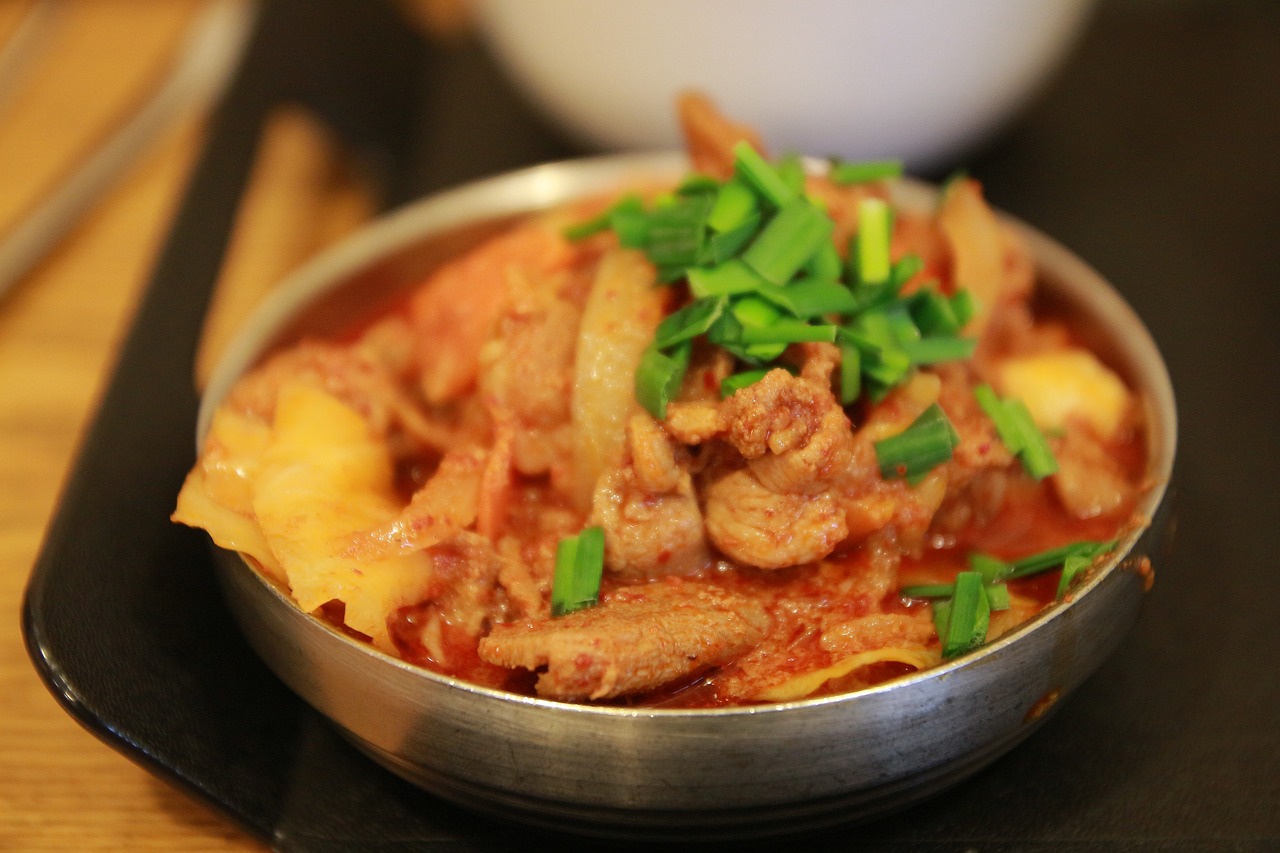Exploring Molecular Gastronomy: Cooking as a Scientific Experiment.
Molecular Gastronomy is a scientific approach to cooking that explores the chemical and physical transformations that occur during food preparation. It involves using techniques, tools, and ingredients in innovative ways to create dishes that not only taste delicious but also engage all the senses, including sight, smell, and texture. Through the application of scientific principles, Molecular Gastronomy aims to push the boundaries of traditional cooking and challenge the norms of flavor combinations.
By deconstructing and reconstructing traditional dishes, Molecular Gastronomy allows chefs to experiment with textures, temperatures, and flavors in ways that were previously unimaginable. This culinary discipline often involves the use of specialized equipment such as centrifuges, liquid nitrogen, and spherification agents to achieve unique dishes that push the boundaries of taste and presentation. Through creativity and scientific understanding, Molecular Gastronomy opens up a world of culinary possibilities that continually evolve and redefine the art of cooking.
The History of Molecular Gastronomy
Molecular gastronomy emerged in the late 20th century, spearheaded by a group of innovative chefs and scientists who sought to push the boundaries of traditional cooking techniques. This culinary movement aimed to explore the scientific principles behind cooking processes and transform the dining experience by incorporating elements of physics and chemistry into recipes.
In the early 2000s, molecular gastronomy gained popularity among gastronomes and food enthusiasts worldwide, with chefs like Ferran Adrià and Heston Blumenthal leading the way in experimenting with novel ingredients, textures, and presentations. This period marked a significant shift in the culinary world, as molecular gastronomy challenged conventional norms and paved the way for a new era of creative and avant-garde cooking.
• Molecular gastronomy emerged in the late 20th century
• Spearheaded by innovative chefs and scientists
• Aimed to push boundaries of traditional cooking techniques
In the early 2000s, molecular gastronomy gained popularity worldwide
Chefs like Ferran Adrià and Heston Blumenthal led the way in experimentation
Challenged conventional norms in culinary world
Paved the way for creative and avant-garde cooking
Key Principles of Molecular Gastronomy
Molecular gastronomy emphasizes the use of innovative techniques and scientific principles in cooking. By experimenting with different textures, temperatures, and presentations, chefs aim to create unique and memorable dining experiences. Through the creative application of technology and chemistry, molecular gastronomy seeks to push the boundaries of traditional culinary practices.
Another key principle of molecular gastronomy is a focus on precision and accuracy in measurements and techniques. Chefs meticulously calculate ingredient ratios and cooking times to achieve specific textures and flavors in their dishes. By paying attention to the smallest details, they are able to create dishes that are not only delicious but also visually stunning.
What is Molecular Gastronomy?
Molecular Gastronomy is a scientific approach to cooking that explores the physical and chemical transformations that occur during cooking. It involves using scientific methods and techniques to create innovative and avant-garde cuisine.
What is the history of Molecular Gastronomy?
Molecular Gastronomy was popularized in the 1990s by a group of chefs, including Ferran Adria, Heston Blumenthal, and Grant Achatz, who began experimenting with new techniques and ingredients to create unique dining experiences.
What are the key principles of Molecular Gastronomy?
Some key principles of Molecular Gastronomy include using scientific methods to understand the chemical and physical processes of cooking, experimenting with new ingredients and techniques, and focusing on creating innovative and visually appealing dishes.







